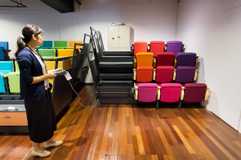Report / Global
Quiet types
The things they make are so familiar we barely notice their presence. Allow us to introduce the masters of ubiquity whose products always seem to be exactly where you need them.
As long as there have been companies making products for sale to consumers, there have been businesses created to supply those companies with parts and materials. These business-to-business (b2b) suppliers are rarely well-known brands in their own right. They rely on their reputations within the industry without the need for recognition by an end consumer; in fact, relative anonymity is often highly valued.
The overall volume of b2b transactions around the world is far higher than that of business-to-consumer trade and some of the bigger players are really companies we should know about. After all, we use their products every day – we just don’t know it.
Take the three companies featured here, for example: nxp makes the micro-computers found in our passports and smartphones – even in our dishwashers. Then there’s cpi, one of North America’s biggest manufacturers of credit cards. And Japan’s Kotobuki Seating, on whose benches thousands of Shinkansen-riding commuters perch every day.
1.
Kotobuki Seating
Tokyo
Not long ago, Shigeyuki Fukasawa’s 101-year-old family-run business had a scare. A stadium operator in Japan had called to report that a few of the 40,000-plus seats Fukasawa’s company Kotobuki Seating had made for the venue had splintered. “They were demanding to know why the seats had broken so easily,” says Fukasawa. “They assumed that we had made a mistake somewhere and wanted to see our documents and data.”
A video later surfaced that showed the “fault”: the fans, arms linked, hopping up and down on and leaping from the seats. “It was clear that the fans were to blame and after three days the problem went away,” says Fukasawa.
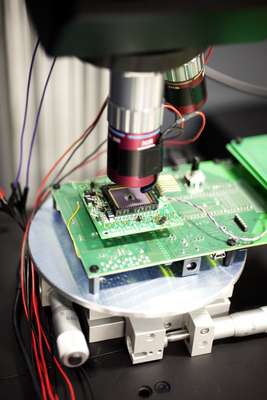
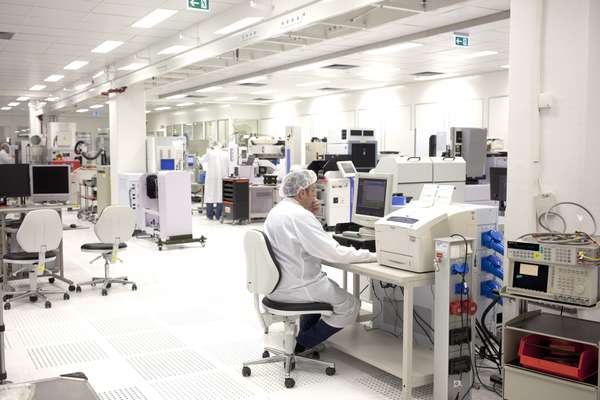
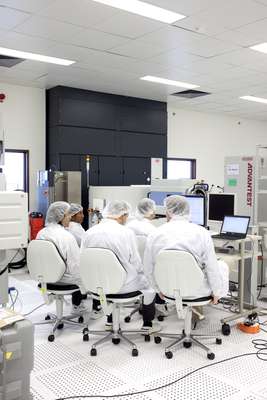


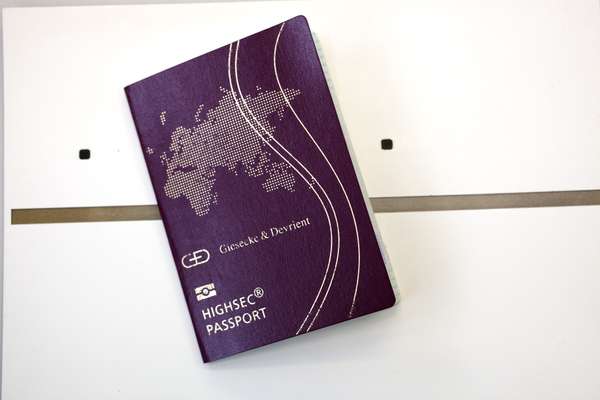

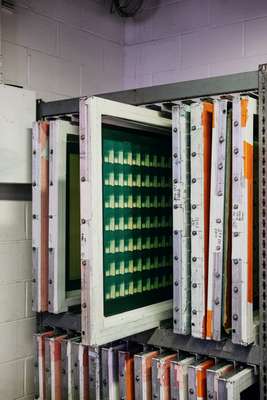
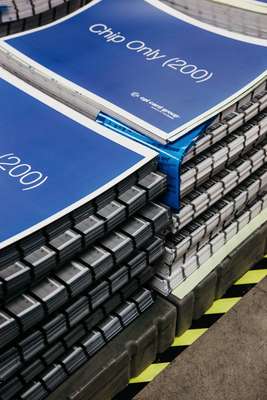
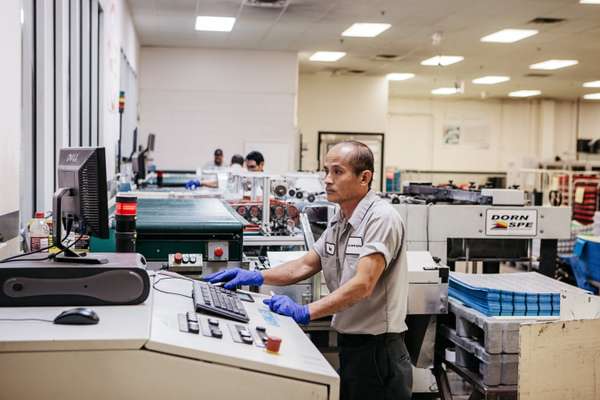
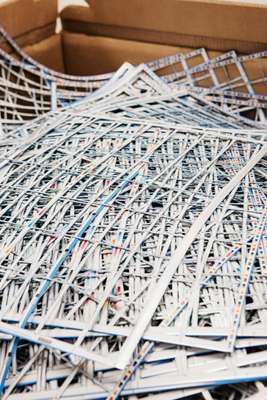

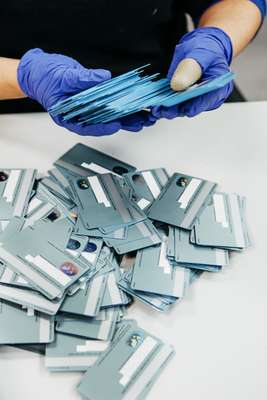
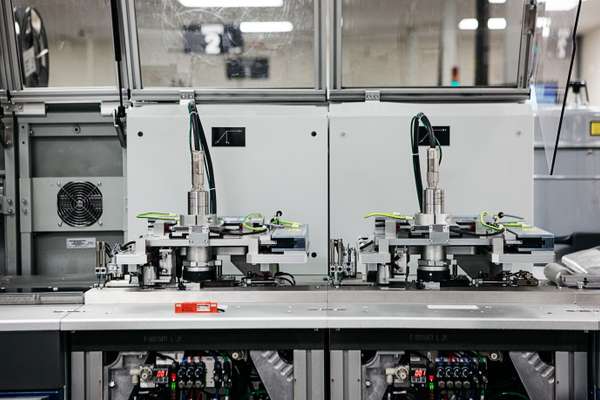
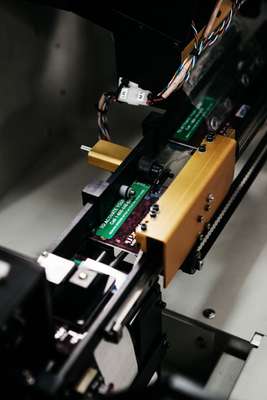
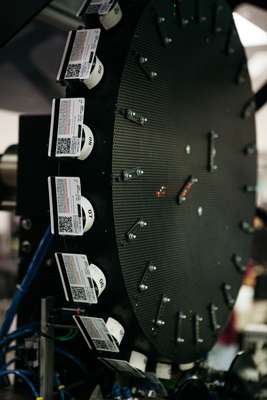


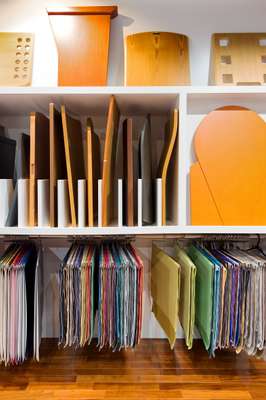
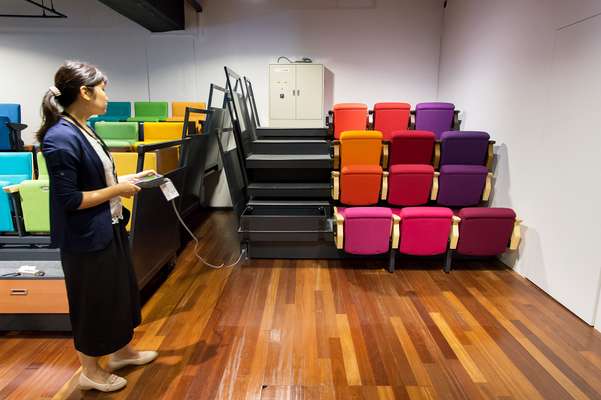
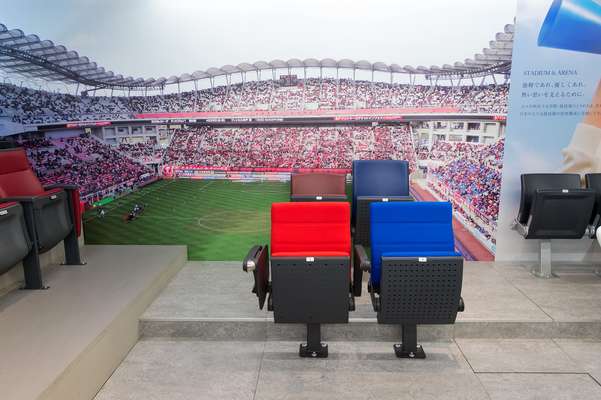

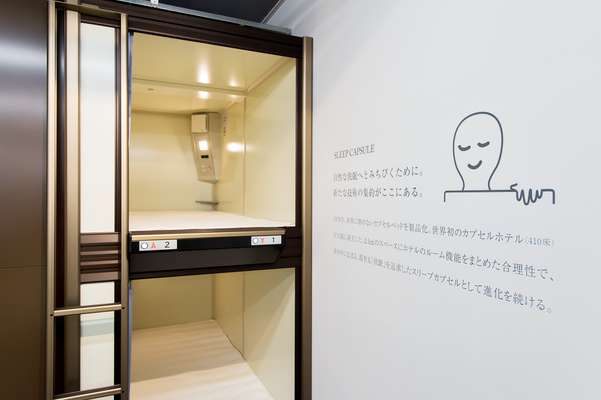
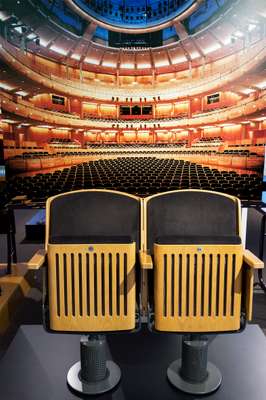

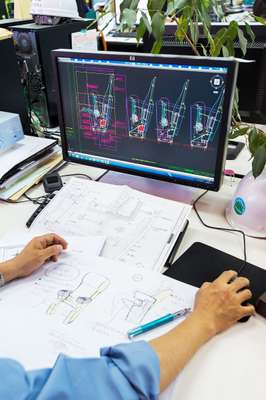
Even for a company with a long history of producing seats and benches for stadiums, train stations, assembly halls, theatres, cinemas and university classrooms, it was a reminder of the beating that furniture for public venues can take. “We make our products to strength and durability standards that go well beyond anything you would find in an office or home,” says Fukasawa, who has been at the helm since the late 1970s.
Fukasawa’s father started the business in Tokyo as a furniture and carpet importer in 1914. Less than a decade later, the great Kanto earthquake struck. The building boom that followed, and the surge in demand for chairs as a western style of living caught on, convinced the elder Fukasawa that there was money to be made in manufacturing seating.
Kotobuki’s position in the country’s ¥20.5bn (€150m) public-furniture market is now virtually uncontested. The company supplies seats to 90 per cent of the country’s cinemas, stadiums and arenas; 80 per cent of concert halls and theatres; and more than half of the tiered classrooms at universities. Roughly 80 per cent of the sleeping pods for capsule hotels are from Kotobuki’s collection. Its fibreglass shell seats have been a fixture of railway stations nationwide for more than half a century.
Over the years the company’s products have gone into the national parliament, the central bank, planetariums, bowling alleys, legislative assembly halls and community centres. Many of its collaborations with designers and artists have become modern classics, such as Sori Yanagi’s elephant stool, Isamu Kenmochi’s shell seats for Shinkansen stations and the fibreglass face of Taro Okamoto’s Tower of the Sun at the 1970 Osaka Expo. As Tokyo begins work on a new national stadium and renovates older arenas in the run-up to the 2020 Olympics, the company is hoping to land part of the business.
Despite dominance at home Fukasawa, who has a PhD in economics from Columbia University, has looked for opportunities abroad. Last year about five per cent of Kotobuki’s (¥8.9bn) €65m in annual sales came from overseas. Acquisitions – Interkal in the US, the UK’s Audience Systems and Quinette Gallay Renaissance in France – have broadened its network and orders have trickled in from its sales offices in Taiwan, South Korea and Singapore.
To grasp why Kotobuki – a firm with about 290 employees – has been so successful, it helps to sit in its seats. At the Tokyo headquarters, Fukasawa eases himself into a black chair with a thin steel frame and mimics a violinist. “Musicians love this because they can play vigorously without any wobbling,” he says.
Next, Fukasawa sinks into a plush cinema chair with a wide headrest. “You want movies to be immersive so headrests are big to block out others.” In a room of concert-hall chairs, Fukasawa demonstrates how the seats fold up slowly and silently, and how wood-grains line up precisely. He points to one seat’s contoured underside, which allows women in heels to comfortably tuck their feet underneath, and explains why chairs undergo acoustics tests: “Orchestra conductors want to play in a concert hall that sounds the same whether it’s empty for rehearsals or full for a performance.” Some seats even have vents for state-of-the-art air systems or are connected to motors so they can be stashed away when not in use.
The brainstorming for new products is done at Kotobuki’s design lab in a former factory in Musashimurayama, an hour’s drive from the centre of Tokyo. Workers sit at desks in front of computers, with prototypes and paper blueprints marked up in red pen laid out before them. They design textiles for upholstery and select wood, metal and plastics for seats and legs that have to stand up to harsh weather and everyday wear and tear. Big venues are tricky because seats have to allow for emergencies, says manager Hiroyuki Machida. “In a concert hall or a stadium seats might look similar but designs are different for each section.”
In a separate building where engineers perform stress tests there’s the sound of hissing hydraulics and clinking metal. To simulate the future of this public furniture, machines open and close seats and heavy weights shaped like human bottoms press down on the chairs hundreds of thousands of times.
The tinkering never seems to end: slight changes – a frame-curve here or more sloped armrest there – can drastically add to a seat’s comfort and durability. It is that attention to detail that customers demand but it’s also the reason Kotobuki has never lacked for new ideas. “Every project is a chance for us to create something new,” says Fukasawa. “We have had ups and downs but we have never cut spending for product development. And nobody has ever left to join a competitor. Maybe that’s why we have managed to survive for more than 100 years.”
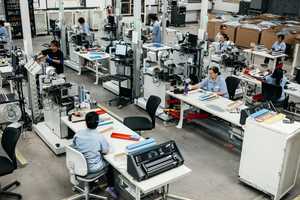
02.
CPI Card Group
Littleton Colorado
It makes much more sense to walk around cashless than cardless these days. Cards help us breeze through self-checkout tills, get into our gyms and offices and proclaim allegiance to all kinds of tribes and associations. If you’re in North America, chances are that at least one of the 85mm x 54mm pieces of pvc in your wallet is made by cpi Card Group, the continent’s leading plastic-card manufacturer for financial services.
The company’s headquarters is a nondescript single-storey grey building in Littleton near the foothills of Colorado’s Southern Rocky Mountains, about half an hour’s drive from Denver. As well as housing the administrative heart of the business the site is also one of nine manufacturing facilities the company has across the US, Canada and the UK. This one makes 270 million of the 1.3 billion cards the firm manufactures annually.
“The financial-payments industry is experiencing strong innovation, which has created great opportunities for growth for us,” says ceo Steve Montross. That’s one reason more than 80 per cent of the site’s output is in credit, debit and prepaid cards. Non-disclosure agreements prevent the company from revealing client names but a glance at the fine print on cards from small community banks to financial giants, whether Visa, Mastercard or American Express, often reveals the inconspicuous letters cpi.
Manufacturing here in Colorado is overseen by production manager Maximillian Michieli, who started at cpi 18 years ago. “The entire process can take anywhere from a single day to months, depending on what the client needs,” he says. “Some have the final design to begin with; others need consultation to find the best solutions for them.”
Inside the cpi facility, overall-clad workers long accustomed to the machines’ rhythmic humming and the pungent ink fumes are busy ensuring that each stage of production is executed with utmost precision. Once the final design is green-lit, Japanese-made offset presses print it onto pvc sheets, one layer at a time at a rate of 500,000 sheets an hour.
After the layers are printed and the magnetic strips are applied, the sheets make their way to German-built machines that seal the layers together with ultrasonic-heat. Every card is composed of between four and seven strata depending to the level of technological sophistication that is required by the client. “It’s no different from making a sandwich,” says Michieli, downplaying the complexity involved.
With the finished cards – never more than a millimetre thick – punched out, the process was traditionally at an end. But starting in October, fraud liability will shift from credit-card companies such as Visa and Mastercard to merchants who continue to insist on the magnetic strip-based swipe-and-sign system. It is part of a harder push for card issuers to embrace the emv platform: the point-of-sale system recognisable by its embedded chip.
Most of the manufacturer’s cards now take a detour en route to the client to a second cpi facility that was built last year. emv chips are added and programmed, along with the embossing of individual details, before the cards continue their journey.
Anticipating the belated US migration from strip to chip, cpi has been investing tens of millions of dollars in the technology. “We watch industry trends very closely and participate in a number of industry organisations to make sure we’re part of the discussions on potential developments,” says Montross.
“What sets us apart is our attention to customer needs,” adds the company’s vice-president of business development Diane Jackson. She sees a future for the industry that will be dominated by increasing interest in mobile-payment solutions and contactless cards, two areas in which the company is shoring up its r&d investment.
Although a b2b company, personal relationships form an integral part of the way cpi does business with its corporate customers. “It’s how we understand our clients’ strategic goals so we can find what best fits them,” says Jackson, citing independent third-party surveys that feature glowing reviews of the firm’s customer service.
Meanwhile, Montross puts the company’s success down to a less definable but equally valuable aspect of his operation’s internal working: “We have great people in this business.”
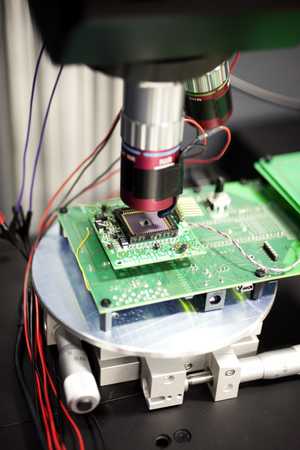
03.
NXP
Hamburg
Semiconductors are the tiny, hidden engines at the heart of modern electronics. From smartphones to credit cards, these chips are integrated into almost everything that requires a level of digital interconnection and security. They store digital identity information in passports and enable apps that, for instance, permit the swapping of photos between iPhones. They are an essential component of most of the devices we use everyday, including our radios, dishwashers – even the airbags in our cars.
Yet most of us know nothing about these secret drivers of the way we live. Made from semi-conductive materials such as silicon, they allow an electrical current to be controlled, switching transistor “gates” to open or closed. The chips are layered with wires and insulators that create a dense network for the execution of binary processes. They are hardware but they support software functions; in essence they are micro-computers the size of a screwhead or smaller. And nxp, with a staff of 28,000 worldwide, is one of the industry’s global leaders.
Headquartered in the Netherlands but with r&d and manufacturing facilities throughout Europe and Asia (including Hamburg), the company is not a household name just yet. But the “internet of things” – a faddish, catch-all name for the very real ecosystem of devices that supports our digitally interconnected lives – is increasingly pervasive. Apple in the US, South Korea’s Samsung and China’s Huawei all use nxp semiconductors. Our cars, planes, radios and thermostats all contain the company’s chips, which means their integrity is a priority.
Mathias Wagner, nxp’s chief security technologist, is based at the company’s Hamburg facility. It’s here that his team plays a relentless two-sided game of hide-and-seek: one group seeks to exploit potential flaws in their own products while another works to improve security protocols. The company’s security certifications line the walls of an entire floor in a building on its Hamburg campus.
The semiconductor industry answers to independent labs, which test vulnerabilities. Wagner, who chairs one of the sector’s international security panels in Brussels, explains why independent oversight is so important. “We try to make sure that all the labs, all the testing, all the government bodies have the same yardstick when measuring security standards. Because if we don’t have that, industry will gravitate to the easiest lab – [that’s] business pressure.”
For nxp, business is evolving rapidly as the demand for smarter, more interconnected technology increases. “Because of the sheer number of these folks we need to have a different way of approaching them,” says Wagner. “In the past we only had three main customers.” Collaboration has a long tradition in the tech industry as chipmakers and buyers often evolved together. Now the possibility of including high-level processing in even mundane devices offers even more avenues for innovation.
As semiconductors of increasing complexity are integrated into more devices, they are becoming ever more essential to our everyday routines. These tiny chips increasingly make our lives more seamless, “smarter” and, thanks to Wagner and his colleagues, more secure. A future of driverless cars, networked kitchen appliances and barrier-free national borders beckons. nxp is one of the b2b suppliers at the vanguard making this future possible, starting with the smallest parts of all.

